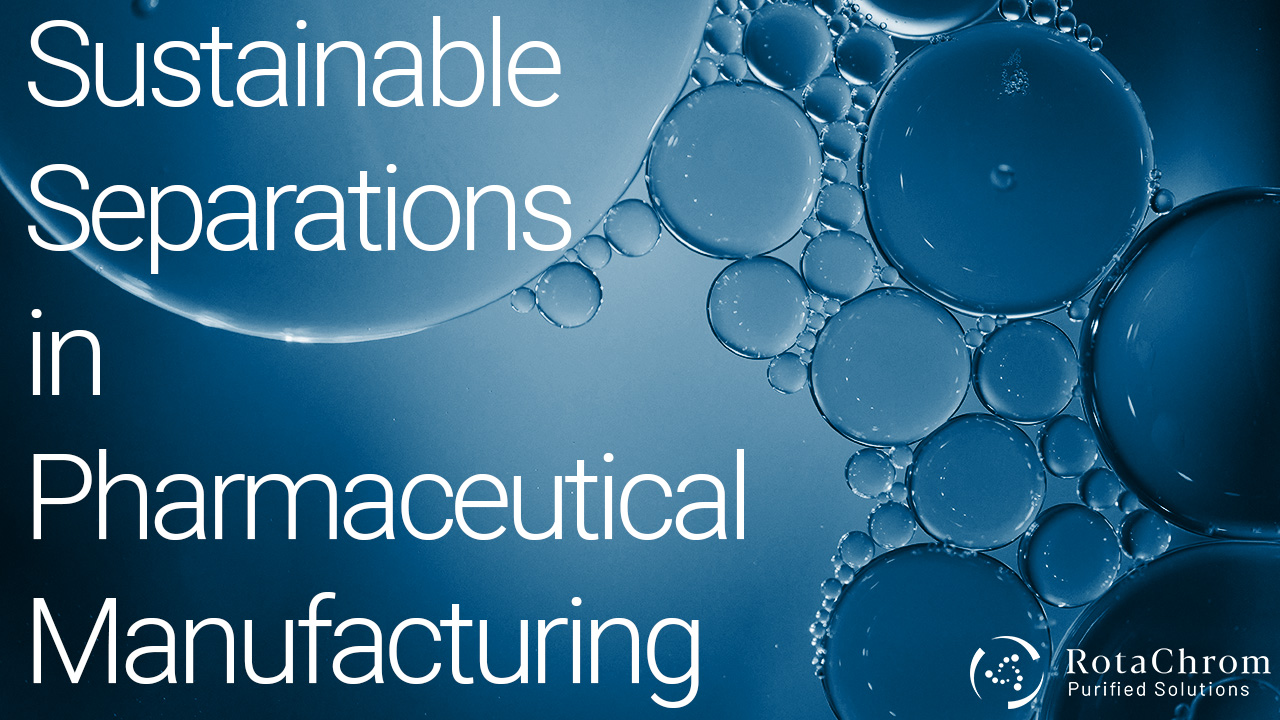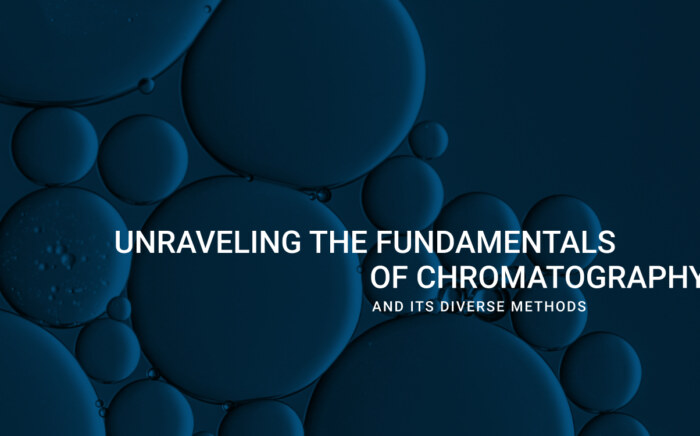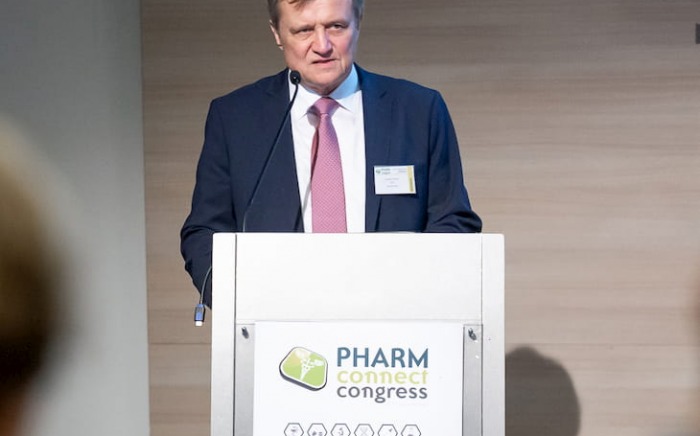Increasing separation efficiency by pH adjustment in Centrifugal Partition Chromatography
NewsRotaChrom’s Lead Scientific Officer Arpad Konczol was recently featured in “Contemporary Chemical Approaches for Green and Sustainable Drugs” along with company ex-colleague Robert Orkenyi. The book was published not long ago on the 1st of June 2022, and the chapter is titled ‘Sustainable Separations in Pharmaceutical Manufacturing‘. After being in the making for two years, we are very excited to reveal our efforts put into the project.
The researchers’ contribution was Chapter 7 “Sustainable Separations in Pharmaceutical Manufacturing”, also featuring experts Gergo Ignacz and Gyorgy Szekely. According to the publisher, “Contemporary Chemical Approaches for Green and Sustainable Drugs” wants to provide its readers with essential information they require to integrate sustainable approaches into their work.
The chapters in the book deal with different aspects of green and sustainable drug development. These range from design to disposal, and include computer-aided drug design, green resourcing of drugs and drug candidates. It also contains an overview of the health concerns of toxic waste connected to pharmaceutical research, and a survey of likely chemical methods for their decrease.
Bringing together the expertise of a global team of industry professionals, “Contemporary Chemical Approaches for Green and Sustainable Drugs” provides a comprehensive outline of the chemical tools and methods available for diminishing the negative environmental effect of current and newly developed drugs. The book is going to be a valuable resource for all academic and industrial researchers across green and sustainable chemistry, medicinal chemistry, environmental chemistry, and pharmaceutical science.
Main points of “Chemical Approaches”
“Contemporary Chemical Approaches for Green and Sustainable Drugs” aims to tackle four major points:
- Provide a consolidative overview of the environmental hazards of medicines and medical by products to assist researchers in pre-emptively tackling these issues
- Emphasize the benefits of computer-assisted medication design, green and sustainable sourcing, and innovative approaches for the production of safer, more effective medications
- Exhibit specific chapters authored by respected experts with diverse backgrounds
- Reflect research in practice across a selection of case studies and a vast state-of-the-art reference sections to serve as a starting point in the design of any specialized environmentally conscious medicinal chemistry project
Sustainable Separations in Pharmaceutical Manufacturing
In their book chapter, Konczol, Orkenyi and co explore how different aspects of chromatography are very likely paths towards creating sustainable and green purification solutions. This is a very promising concept, as energy-efficient, economically viable and integrated separation practices are necessary for businesses so they can shift in the direction of green and sustainable pharmaceutical research and production. As new methodologies and guidelines are introduced, the pharmaceutical industry has now shown that it is on a steady transition path toward sustainability and carbon and metal neutrality so it can meet the standards of current economic trends.
Providing these kinds of separation processes and solutions for the pharmaceutical industry is especially important due to the required high purity of active pharmaceutical ingredients and finished pharmaceutical products. As such, pharma enterprises are under regulations provided by good manufacturing practices (GMP), which define the minimum standard that the business must meet in their production practice.
Chromatography could be the Answer
Konczol and co explain that chromatography is a highly valuable technique already available for the pharma industry. Chromatographic separations, whether completed on analytical or preparative scales, signify an essential and vital part of both pharmaceutical research and development (R&D) and manufacturing processes. Many different chromatographic techniques are used in the pharma industry, and so sustainability is an important aspect that separation methods must fulfill. The theory of green chromatography comprises of diminishing energy and solvent consumption, decreasing waste production over the entire workflow and striving to use nontoxic and eco-friendly reagents and solvents often obtained from renewable resources.
If you would like to learn more about chromatography, especially Centrifugal Partition Chromatography (CPC), you may be interested in RotaChrom’s unique industrial-scale CPC solution. Click here to read more about the technology.
Want to get in touch?
Fill in the form below so our representatives can contact you. We will also let you in on more information on our technology.



